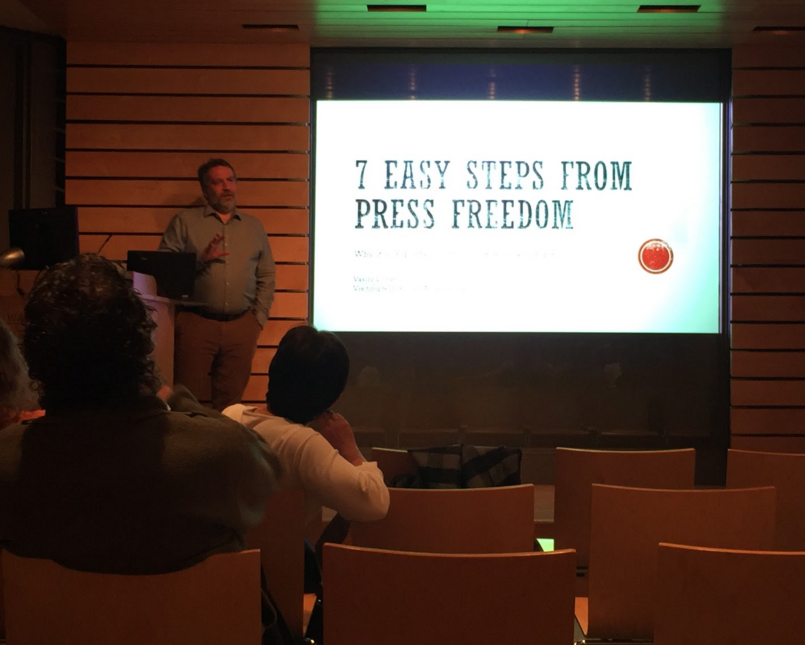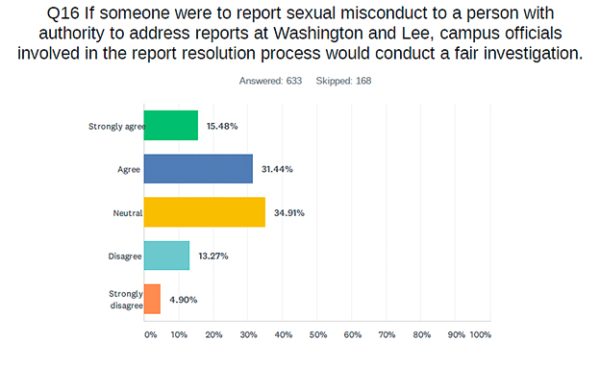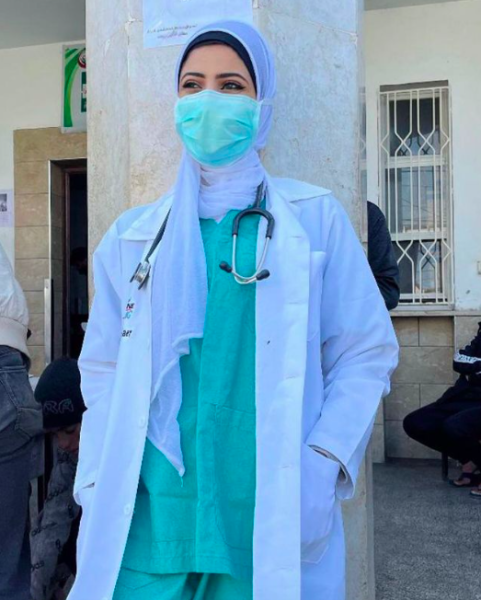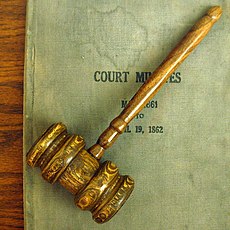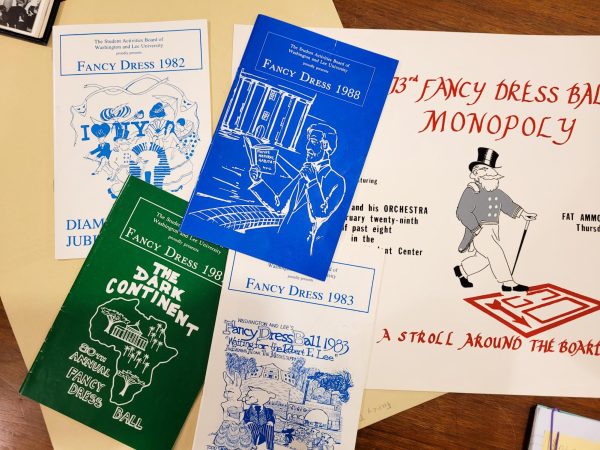Media expert discusses today’s Russian media history, U.S. media
Vasily V. Gatov shares what the Russian media have learned from President Putin’s subjugation of mass media
March 6, 2017
“Democracy is definitely free speech,” Vasily V. Gatov, a visiting Russian media expert from the University of Southern California Annenberg Center said.
The Russian Area Studies Program at Washington and Lee hosted Gatov’s presentation called “Seven Step Guides to Enslave the Media-Lessons from Russia” last week.
Gatov has worked in almost all types of media industry for more than 30 years. In 2011, he initiated the biggest Russian news information and research agency, NovostiMedia Lab.
The increasing tension over Russian media and central government in the past decades inspired Gatov to summarize how to enslave press freedom in a step-by-step process.
It all starts with pressing the media.
In 2000, Russian President Vladimir Putin was personally offended with frequent critiques from NTV. The head of the TV station, Vladimir Gusinsky, was arrested in June.
Under great public pressure, Gusinsky was released after several weeks, but he later signed an agreement to sell his company for $300 million. Gusinsky immediately left the country after the event and never returned.
Arresting the executive officers of big media companies was not enough for Putin. For years, he has threatened numerous journalists.
Gatov said some journalists were expelled from the country even though they had Russian passports. He said others were blacklisted from almost all media, and some were killed.
Gatov said the next step was to take control of the media companies.
“Since 2003, Putin encouraged his old buddies and allies, to buy out ‘remaining TV properties and popular newspaper’,” Gatov said.
Within five years, only the foreign-owned media companies survived as free press. Some legal pressure is also necessary, Gatov said.
Just like America’s First Amendment, Russia has its own media law to protect people from “censorship, excessive owner incursion into editorial process and editors independence.”
However, in 2002, Putin added terms that restricted the topics that the media could cover.
Gatov said those restricted topics include Putin’s family issues and problems in the army.
He has also changed Duma, a Russian assembly with advisory or legislative functions, so that limited foreigners in media ownership and restricted foreigner and dual- citizenship citizens could edit what would be released.
To enforce the updated law, Gatov’s fifth step was to incite internal transformations in media, including censorship and beyond.
For example, Moskovsky Correspondent newspaper reported on Putin’s love affair with a Russian gymnast In 2006, and the paper was shut down in days.
Putin has also inherited Stalin’s management style by calling media with a restricted-use telephone. Gatov said it is a closed-circuit government phone that is “given” to people in charge of media companies. The central government could easily get contact with these people.
Gatov said it used to be a sign of statue, while now it’s a sign of slavery.
Making news all about Putin was the sixth step to enslave the freedom of press. Putin hardly answers important questions on economics or politics in public.
Gatov said the final step was to divide and conquer the mind of people. Visiting Russian professor Maria Mayofis invited Gatov to Washington and Lee.
“I think he is a leading expert,” Mayofis said. “He can show some lessons that can be learned, from his Russian experience, in the United States.”



